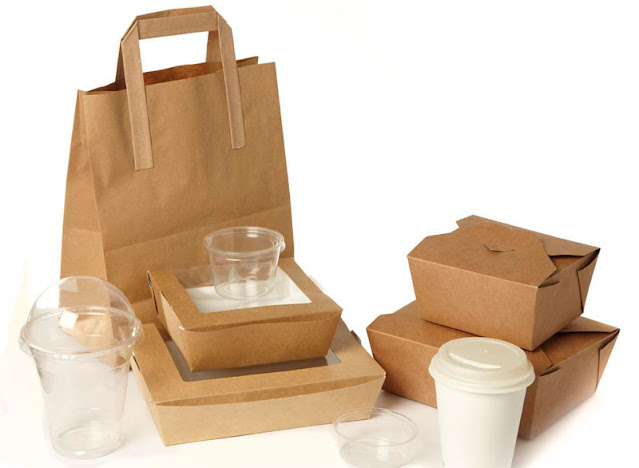Almost all the food products we consume today are wrapped in protective packaging. These food wraps are made of safe and non-toxic 'food grade' materials and do not cause any harm to the food products inside.
Unsecured packaging
can lead to food spoilage and adversely affect consumer health. It is also a
loss for food processing companies that have spent costs and energy on quality
items. Therefore, food packaging is a crucial part of the supply chain.
However, "why do
we need food packaging?" is often asked. So, in this article, we decided
to shed light on exactly why we need food packaging and its importance for the
food, the processor and the consumer.
Nowadays, food
packaging is a big challenge for companies, as consumers are increasingly aware
of consuming sustainable products, including packaging.
Below are different
reasons to invest in food packaging, the benefits and details of each:
Preservation of freshness and shelf life of food products
After being processed,
the food item needs proper packaging before it goes to stores and ultimately to
consumers' homes. Stores are frequently located miles away from production and
packaging plants. Moving them such long distances can lead to rotting, rendering
the food utterly inedible. However, proper packaging protects food from outside
elements, such as oxygen (in the air), light, moisture, and even pathogens like
bacteria, thus preventing spoilage and harmful reactions. As a result, food
remains chemical-free and fresh with an increased shelf life and, therefore,
remains suitable for storage longer after production.
Food retains its original shape and texture.
Food packaging or chilled packaging secures food from
external impact and ensures that items do not get crushed, flattened or
punctured.
Food products go
through multiple procedures before reaching their final destination. As a
result, they may lose their shape or texture during transport or storage
without proper packaging. For example, creamy pastries should stay upright,
liquid from meat should not drip, and fruits should not flatten under pressure,
or their juices will spill out.
High-quality food
packaging ensures food is moved and delivered without physical damage. It also
reduces the care needed to handle the products, allowing easy shipping and
storage. Furthermore, when food products always reach consumers in first-class
condition, it leads to high market demands and increased consumer confidence.
Reduced wastage of resources
As we have already
mentioned, food packaging provides additional security to the food it contains.
Therefore, a large number of resources and investments are saved.
According to research,
30% of food items are wasted in supply chains, leading to the overuse of
limited resources and diminished return on investment for the producing
company. Food packaging plays a vital role in this regard.
Well-designed
packaging ensures food stays fresh and safe until it reaches consumers.
Consumer attraction
People decide whether
or not to buy food based on how it looks. Food that looks good packages in
supermarkets catch the eye of consumers and draw them to their shelves.
Therefore, packaging that presents the food item in its best light is crucial.
Second, increased
awareness due to global "go green" campaigns has made consumers more
aware than ever to purchase environmentally friendly food items. They can
easily decide to discard a product they find damaging the environment.
Food production
companies can benefit from increased sales with a sustainable packaging
solution if they market this point well.
In this world of
innovation and sustainability, eco-friendly and recyclable packaging
undoubtedly gives anyone an edge over competitors who have yet to adopt
future-proof solutions.
Showing correct ingredients
In addition to
environmental impacts, the modern consumer is concerned about preservatives,
food colorings and other chemicals found in food products to extend their shelf
life. Also, people with allergies and skin conditions should avoid certain
ingredients to stay healthy.
Food packaging plays a
crucial role in this. It makes it easier for consumers by correctly indicating
the elements used at several stages of food production. It also enables food
production companies to comply with the labeling instructions of the relevant
authorities.
In conclusion, the protective packaging:
- offers ease and accessibility to consumers;
- carries the potential to increase sales of the product;
- allows for easy storage and transportation;
- and helps businesses comply with rules and regulations.
Therefore, food
packaging is not something companies should take lightly or consider too trivial
to merit any attention. It can make or break a brand's customer base. So,
decisions about food packaging should be made very carefully; you should pay
attention to all the details, including production.

Comments
Post a Comment